Written by Bob Gaudette, Webber and Grinnell Supply Chain Practice Leader and RiSC Consultant
The current driver shortage continues to affect our nation’s supply chain, mostly due to an aging workforce and increased consumer goods distribution from COVID-19. This continues to be a hot topic for 2021. Transporters, trucking companies, distributors, and even last mile fleet delivery services find themselves with more work and available power units than drivers. Many companies we speak to are hiring new or inexperienced drivers to “fill seats.” Unfortunately, this increases the level of risk already taken on by the industry.
Though all drivers must go through extensive training to obtain their CDL license, there is still a level of inherent unfamiliarity with the position as a NEW driver. As with all trades, actual application is how experience is truly acquired. Training simply informs and prepares.
Experienced drivers with many miles behind the wheel usually have in-depth knowledge of surrounding areas and travel routes that an inexperienced driver will not. Statistically, most physical damage claims come from collisions involving things like low bridges, route changes into congested areas, and roadways with difficult maneuverability. Related to this, the seasoned driver will also have a better understanding of the cargo being hauled and how its placement can affect the truck’s overall performance on the roadways. Once again, seasoned experienced drivers are a depleting inventory.
In a step to overcome this issue, large businesses have begun outsourcing their driver safety programs, investing vastly in technology and automation, or simply separating from the transportation side of the operation altogether by issuing to a third party. But the smaller, growing transporters or local businesses with their own fleets usually lack the capital to invest in such programs.
The driver shortage has caused a ripple effect with insurance underwriters. Projections show that the hire of inexperienced drivers will increase more and more over time, and therefore more claims are expected. Thus, rates for commercial auto coverage continue to rise.
In our view, strong internal hiring procedures and driver safety programs will receive favorable underwriting discretion when hiring less experienced drivers. A hands-on commitment from management to be involved in a continual safety training program will help new drivers avoid bad habits and attract seasoned drivers to come onboard. But a driver safety program has many components and you may not know where to start. Webber and Grinnell can help you with this.
To improve driver hiring, a thorough recruiting process including professional background checks and disciplined drug testing must be implemented regardless of how big your company is. Webber and Grinnell can help you with this.
The use of onboard electronic systems that monitor and manage driver performance or behavior is a smart investment for any transporter. This is good technology. From inboard and outboard facing cameras to speed monitoring devices, a small capital investment can result in larger long term cost reduction. Webber and Grinnell has partnered with many providers of these services.
Because of the driver shortage, employee turnover is an issue. Attractive offers are being made to lure good drivers away. A creative retention program involving strong employee benefits can address this. Webber and Grinnell can help you with this.
A formalized recruiting and safety program with ongoing measurement of driver performance is how transporters and delivery services will balance the increasing costs of the Commercial Auto market increases. The very first step is to partner with a dedicated team that understands these challenges and addresses them on a day-to-day basis. Please reach out to me directly at 413-570-1961 or bgaudette@webberandgrinnell.com to discuss your company’s needs and how we can help.


